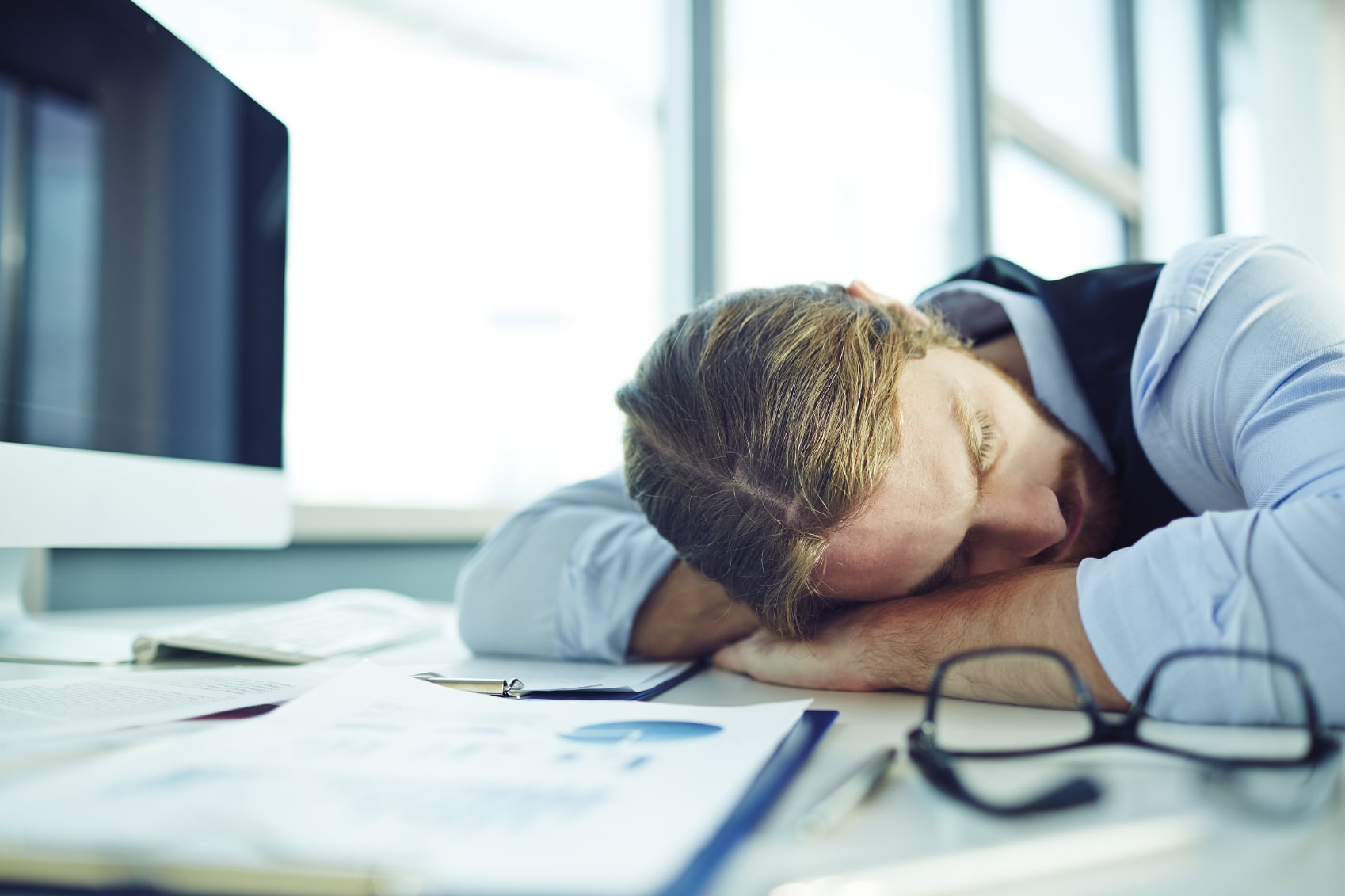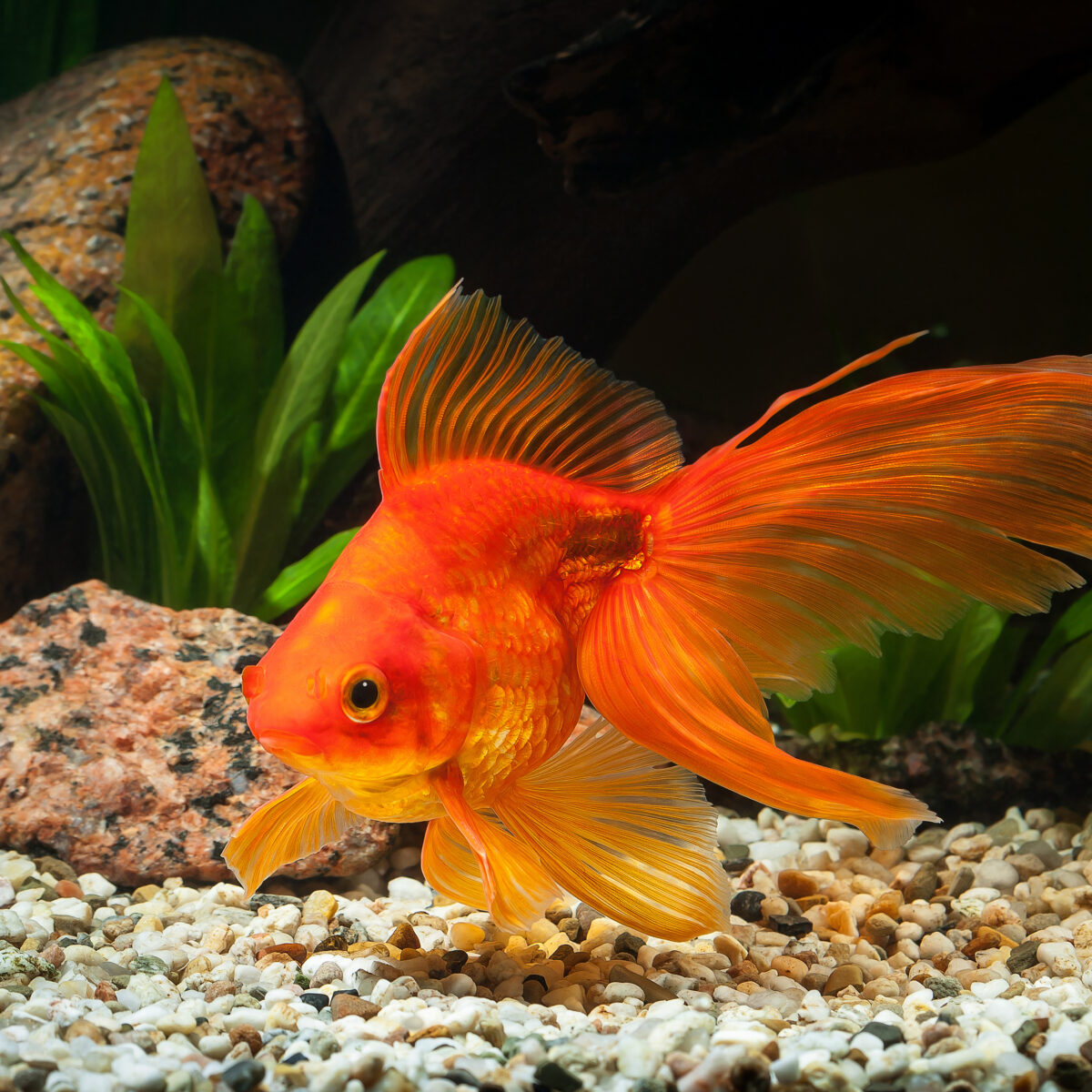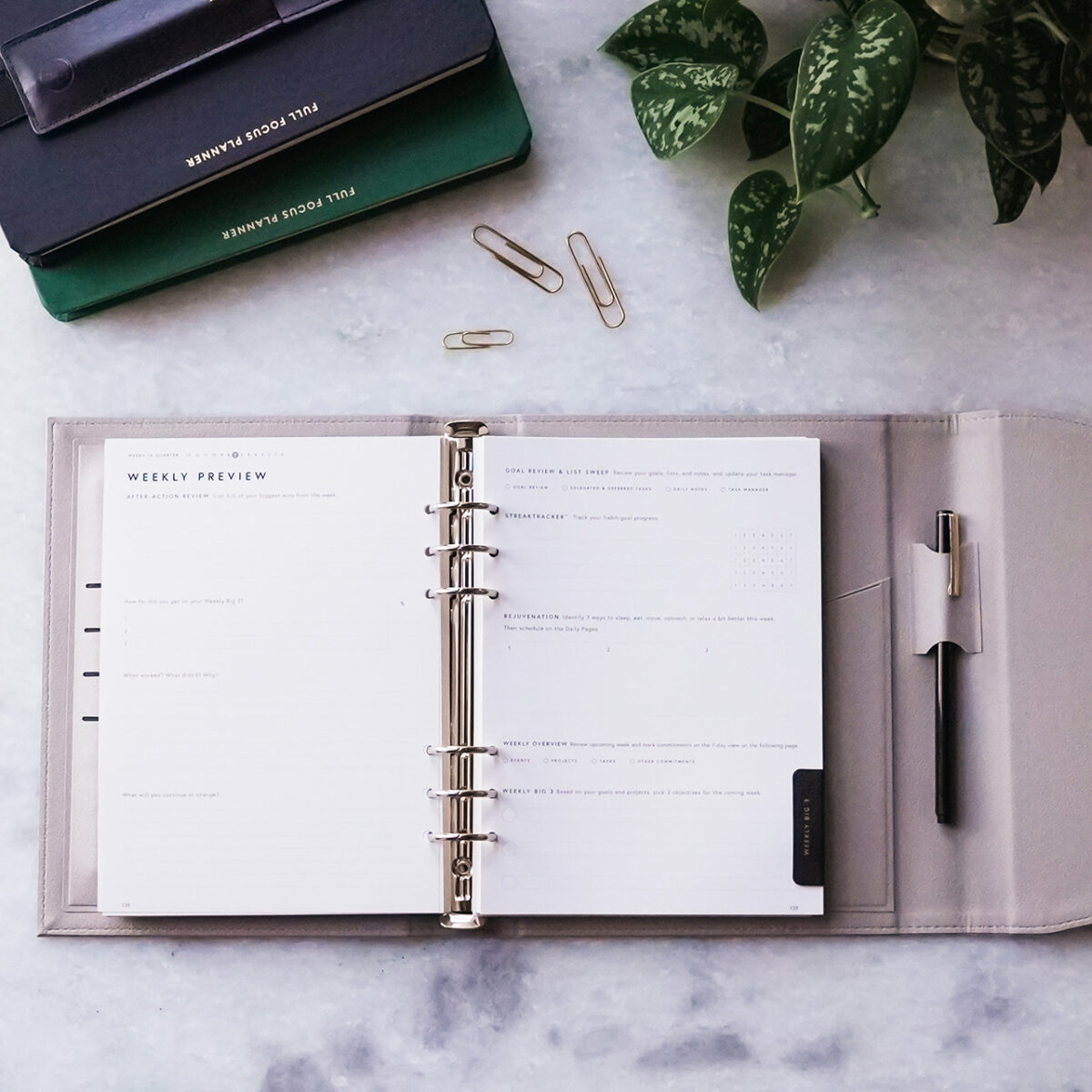Maximize a Midday Snooze and Start Winning Like the Best Nappers Do
I am a habitual nap-taker. I take one almost every day and have for years. I used to feel a little guilty about it—like I was slacking off or something. Then Sam Moore, my predecessor at Thomas Nelson, admitted to me he too was a napper.
“Every day after lunch, I lie down on the sofa in my office,” he recounted. “I hold my car keys in my right hand and let my hand hang toward the floor. When the car keys fall out of my hand, I know I’m done.” (Evidently, the famous artist Salvador Dali had a similar practice. He called it “slumber with a key.”)
Napping Celebrities
I then discovered many other successful people who were nappers:
- Leonardo da Vinci took multiple naps a day and slept less at night.
- The French Emperor Napoleon was not shy about taking naps. He indulged daily.
-
Physicist Albert Einstein napped each day—on top of getting ten hours of sleep each night.
-
Though Thomas Edison was embarrassed about his napping habit, he also practiced his ritual daily.
-
Eleanor Roosevelt, the wife of President Franklin D. Roosevelt, used to boost her energy by napping before speaking engagements.
-
Gene Autry, “the Singing Cowboy,” routinely took naps in his dressing room between performances.
-
President John F. Kennedy ate his lunch in bed and then settled in for a nap—every day!
-
Oil industrialist and philanthropist John D. Rockefeller napped every afternoon in his office.
-
Winston Churchill’s afternoon nap was a nonnegotiable. He believed it helped him get twice as much done each day.
-
President Lyndon B. Johnson took a nap every afternoon at 3:30 p.m. to break his day up into “two shifts.”
-
Though criticized for it, President Ronald Reagan famously took naps as well.
Could these successful leaders know something you don’t?
[uam_ad id=”43924″]
Napping Benefits
I suggest you seriously consider taking a daily nap for the following five reasons:
1. A nap restores alertness. You know how your energy dips in the early afternoon? You start feeling a little sleepy and lose focus. It happens to most of us. A quick nap can bring us back up to speed.
The National Sleep Foundation recommends a short nap of twenty to thirty minutes “for improved alertness and performance without leaving you feeling groggy or interfering with nighttime sleep.”
Here’s a brief video that explains the science behind short naps. You can even maximize this benefit by drinking coffee directly before putting your head down.
2. A nap prevents burnout. In our always-on culture, we go, go, go. However, we were not meant to race without rest. Doing so leads to stress, frustration, and burnout.
Taking a nap is like a system reboot. It relieves stress and gives you a fresh start.
Research subjects who nap show greater emotional resilience, improved cognitive function, and more. Just thirty minutes can prevent the day’s wear and tear from frying your circuits.
3. A nap heightens sensory perception. According to Dr. Sara C. Mednick, author of Take a Nap, Change Your Life, napping can restore the sensitivity of sight, hearing, and taste.
Napping also improves your creativity by relaxing your mind and allowing new associations to form in it. When it came to making new connections, nappers had the edge in research done by the City University of New York.
4. A nap reduces the risk of heart disease. Did you know those who take a midday siesta at least three times a week are 37 percent less likely to die of heart disease? Working men are 64 percent less likely! It’s true, according to a 2007 study published in the Archives of Internal Medicine.
“Taking a nap could turn out to be an important weapon in the fight against coronary mortality,” said Dimitrios Trichopoulos of the Harvard School of Public Health in Boston, who led the study.
5. A nap makes you more productive. The secret to becoming more productive is not managing your time; it’s managing your energy.
Numerous studies have shown workers becoming increasingly unproductive as the day wears on. Just think of your own experience. But a 2002 Harvard University study demonstrated a thirty-minute nap boosted the performance of workers, returning their productivity to beginning-of-the-day levels.

Napping Tips
I typically take a twenty-minute nap right after lunch. If I can’t do it then, I try to squeeze it in before 4:00 p.m.
While working in a motor shop in college, I would eat lunch in my car and then lie down in the back seat. When I was CEO at Thomas Nelson, I napped in a zero gravity chair that reclined to a horizontal position. Since I now work from my home, I retreat to my bedroom and lie down in my bed.
Here are a few practices I have found helpful.
- Be consistent. Try to nap at the same time every day. This helps stabilize your circadian rhythms and maximize the benefits. One easy way to do this? Schedule it.
-
Keep it short. Avoid “sleep inertia,” that feeling of grogginess and disorientation that can come from awakening from a deep sleep. Long naps can also negatively impact nighttime sleep. I recommend twenty to thirty minutes tops. Set an alarm on your phone to avoid oversleeping.
-
Turn off the lights. Light acts as a cue for our bodies. Darkness communicates it is time to shut down—or go into standby mode. If you can’t turn off the lights, use a simple eye mask. I bought mine at Walgreens. Turn the lights back up to full brightness when you wake up.
-
Use a blanket. When you sleep, your metabolism falls, your breathing rate slows, and your body temperature drops slightly. Though not imperative, you will usually be more comfortable if you use a light blanket when you nap.
-
Be discreet. Getting caught napping at your desk is not a good way to earn respect. In some old-school environments, it might even get you fired! But most people get an hour for lunch. Eat in half that time and then go snooze in your car, an unused conference room, or even a closet.
Finally, shift your own thinking about naps. People who take them are not lazy. They might just be the smartest, most productive people you know.
Disclosure of Material Connection: Some of the links in the post above are “affiliate links.” This means if you click on the link and purchase the item, we will receive an affiliate commission. Regardless, we only recommend products or services we use and believe will add value to our readers. We are disclosing this in accordance with the Federal Trade Commission’s 16 CFR, Part 255: “Guides Concerning the Use of Endorsements and Testimonials in Advertising.










